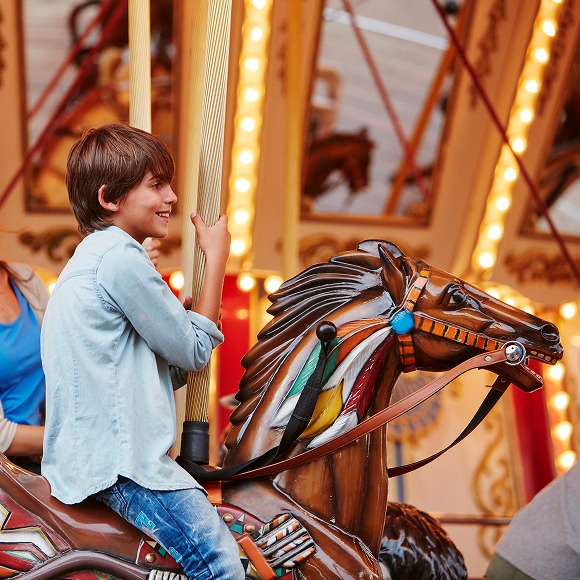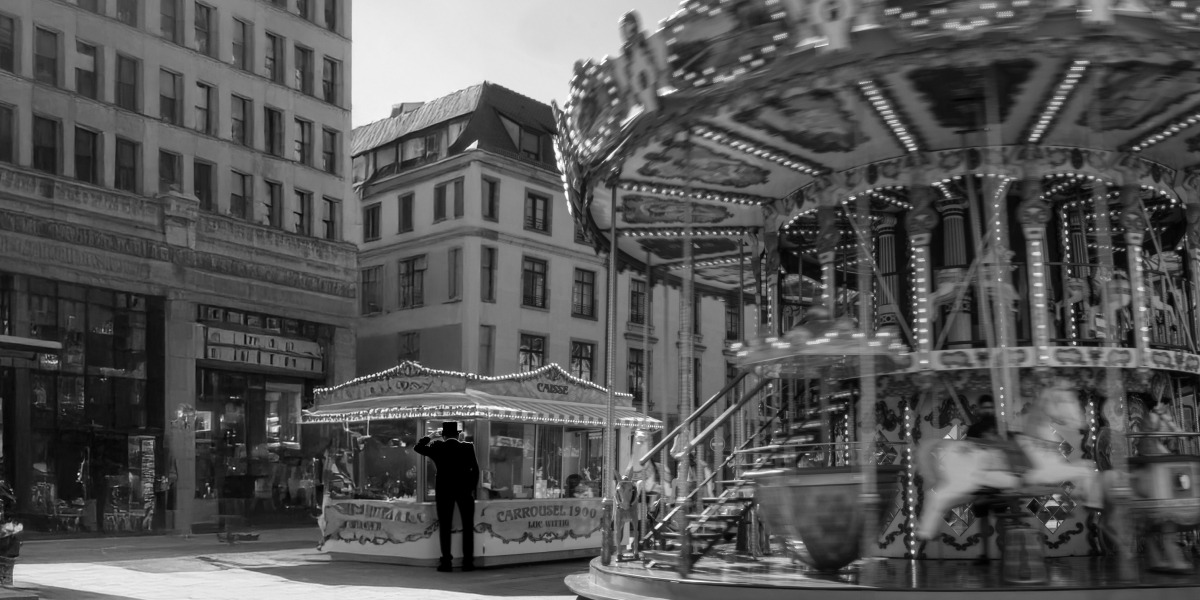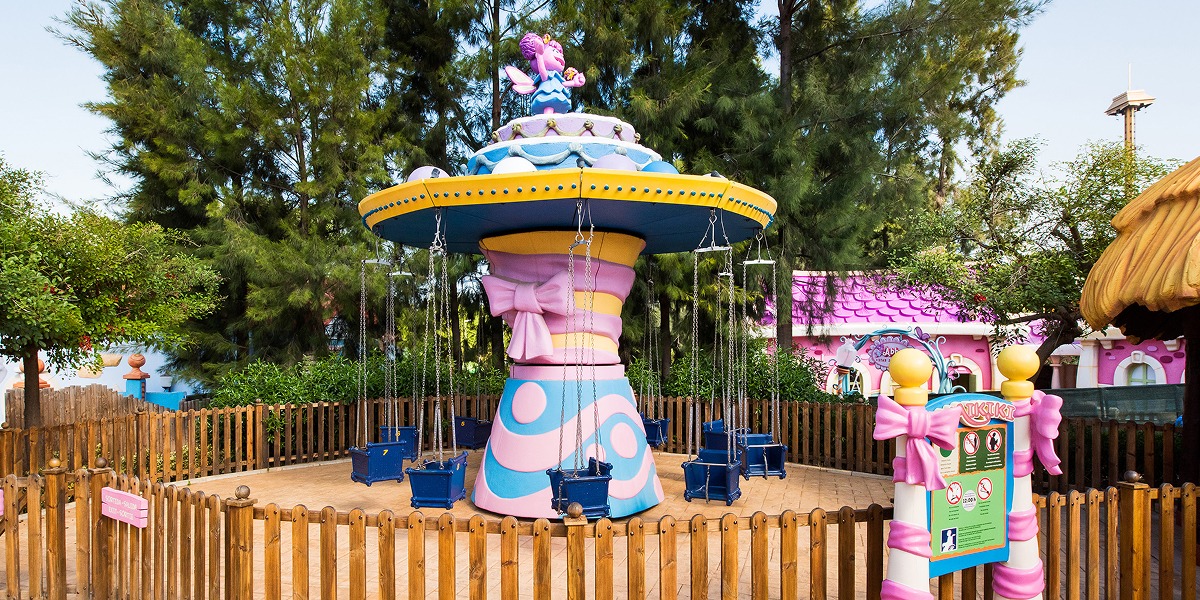Can those of you who have never ridden a merry-go-round please raise their hand? Thought not! These classic attractions, which play charming music and typically feature little horses that rise up and down as the structure rotates around its axis, have been delighting children and adults in fairgrounds for centuries. This post will explain the origins and history of merry-go-rounds, why they’re known as tiovivos in Spain and how they work—as well as where you can find them in PortAventura World.
What are merry-go-rounds and why are they referred to as tiovivos in Spain?
A merry-go-round is a rotating circular platform decorated with multiple figures, which are traditionally horses. While these figures can be stationary, some rise up and down throughout the duration of the ride. Passengers ride these figures as the merry-go-round spins around to the tune of carousel music, which is typically played by a barrel organ.
The Spanish word for merry-go-round is tiovivo, which could be translated as “alive uncle”. You might think that this is a ridiculous name, but it all makes sense when you discover the history behind it! The most popular theory about the origin of this term concerns the legendary Uncle (tío) Esteban, a Madrid trader who ran a merry-go-round in a Madrid park in 1834. During a severe epidemic affecting the Spanish capital, Uncle Esteban’s neighbours assumed that he had died after he failed to appear at his much-loved attraction for an extended period. The surprise came when, one day, they found Uncle Esteban back in his usual spot. Shocked, those who saw him are believed to have exclaimed “The uncle is alive!” in sheer delight. Over the years, the term tiovivo came to be used to refer to any kind of fairground merry-go-round in Spain.
The origin of merry-go-rounds
Throughout history, merry-go-rounds have had many different iterations—there is no single origin! Each of these iterations played a key role in shaping the ride we know and love today.
- Medieval roots: it is widely believed that the knights of the Middle Ages practiced their horse-riding skills using a structure resembling a merry-go-round.
- Contemporary merry-go-rounds: these structures gradually developed over time, first being used for recreational purposes in the 18th Animals (and occasionally people) were initially used to make the ride spin around, although steam engines were incorporated for this purpose some years later.
- Consolidation: merry-go-rounds reached peak popularity in the 19th century, becoming a staple of fairgrounds and amusement parks.
Did you know that Spain’s first merry-go-round was installed in Vitoria-Gasteiz in 1812?





